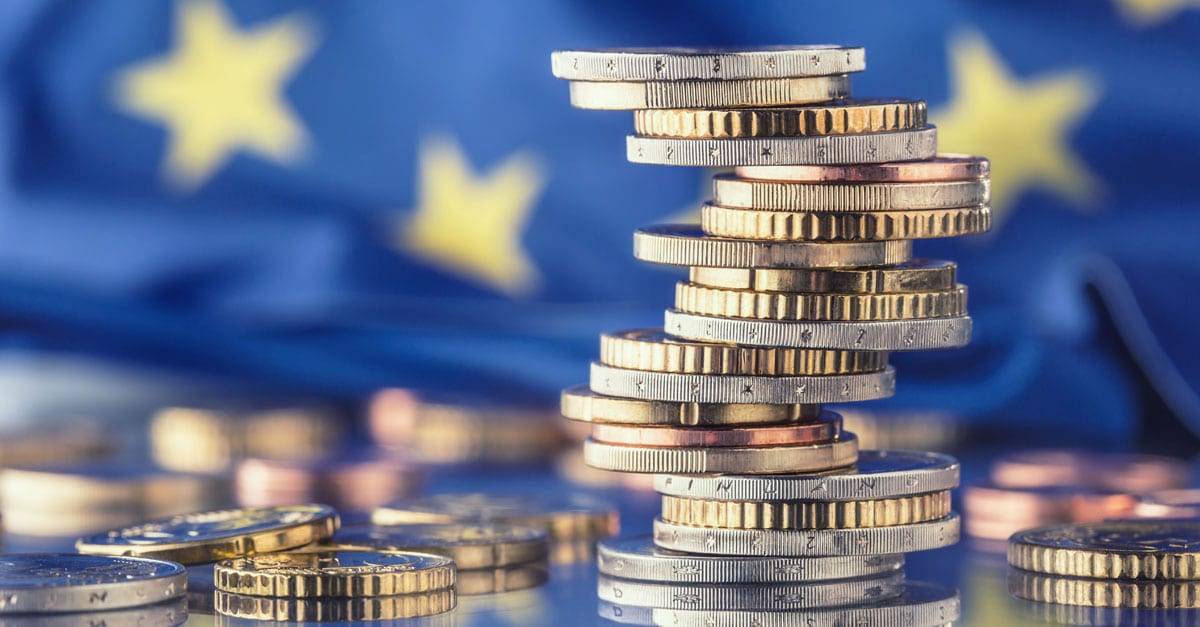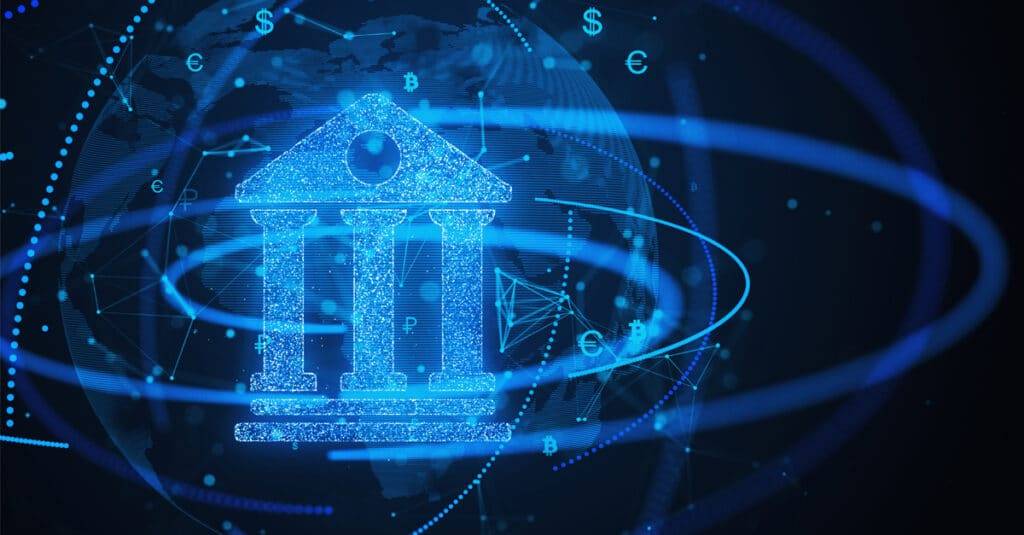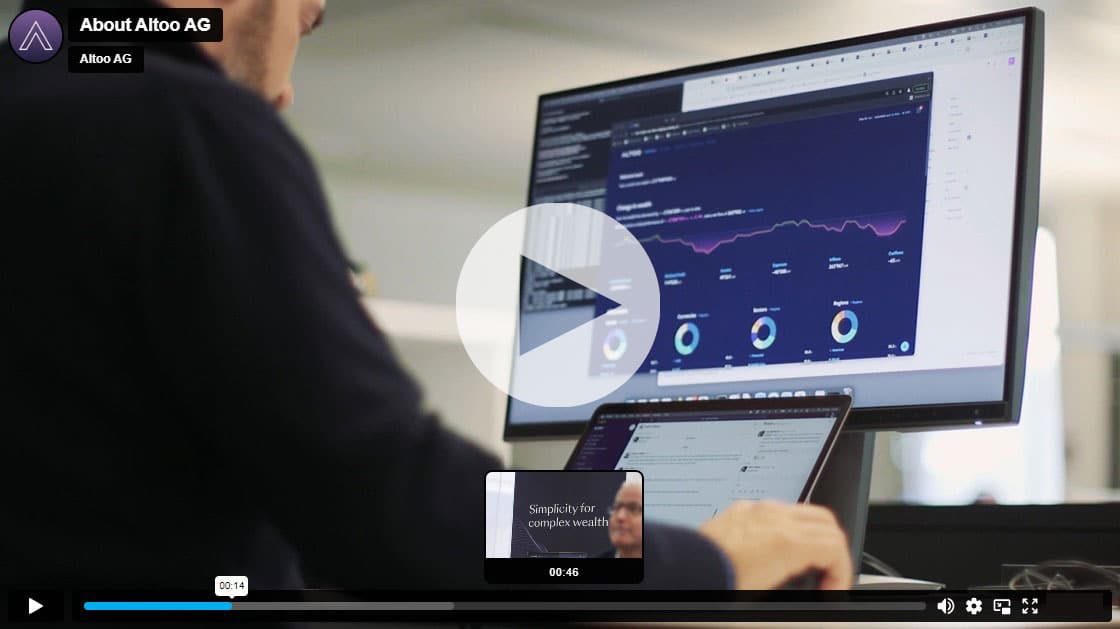Germany as the biggest EU payer
The Institut der deutschen Wirtschaft (IW) recently calculated and disclosed the EU payment flows. According to its latest study, Germany remains the largest net contributor to the common EU coffers with 19.7 billion euros.
Although Germany’s net position has declined somewhat compared to the previous year (2021: 21.4 billion euros), it is still significantly higher than in the pre-Brexit period. It is followed by France, which last year paid out 10.0 billion euros more than it received in reflows. Italy ranks third with a net contribution of 3.9 billion euros.
For the EU as a whole, the Institute expects growth of 0.8 %. “The burden could therefore shift,” Samina Sultan, the author of the study, tells the German newspaper Die Welt. “And that is towards stronger growing economies like Spain.” The country would thus still be far from becoming a net contributor, Sultan says, but should shoulder a larger share of the European budget. Spain – once a euro crisis country – recorded a 0.4 % increase in the last quarter.
The Baltic States are the main beneficiaries of EU funding
The largest net recipient, as in the previous year, is Poland with 11.9 billion euros (2021: 12.9 billion euros). The country received almost twelve billion euros more from the EU budget in 2022 than it paid in. Far behind were Romania and Hungary with 5.6 and 4.4 billion euros respectively.
Elevate Your Wealth Game: Empowering UHNWIs for Simplified Asset Management. Altoo Platform Preview
Agricultural and cohesion policies are the most sensitive areas of EU funding. Namely, it is about agricultural measures and infrastructural “underdevelopment” of the respective country. According to IW calculations, the largest net recipient of agricultural policy is Greece with 1.07 percent of gross national income (GNI). Other weighty net recipients of the EU agricultural budget are Bulgaria and Lithuania. Latvia and Hungary are the fourth and fifth largest net recipients of the agricultural budget.
The largest net recipient of cohesion expenditure is Hungary with 1.92 percent of GNI. Slovakia is in second place with 1.88 percent of GNI. Latvia is again among the top 5 net recipients, with 1.69 percent of GNI, followed by Estonia (1.65 %) and Lithuania (1.53 %).
Of the common EU budget (151.3 billion euros), Poland did receive the highest amounts in 2022. But as Die Welt notes, if one looks at the figures per capita or in relation to GNI, a different picture emerges. Then Estonia and Latvia got the most money.
Ukraine as a full member?
“The accession of more Eastern European states would shift the net positions significantly,” says Samina Sultan. “Because the wealth gap is huge.” Ukraine, for example, has just 53% of the economic power of Bulgaria, the poorest country in the EU. The situation is similar for the other potential new members, she said.
“There is likely to be a discussion about the financial viability of such an enlargement, as we saw with the eastward enlargement in 2004,” Sultan says. The possible new members would receive substantial funds from the cohesion fund, the pots that are supposed to help poorer regions of the EU.









